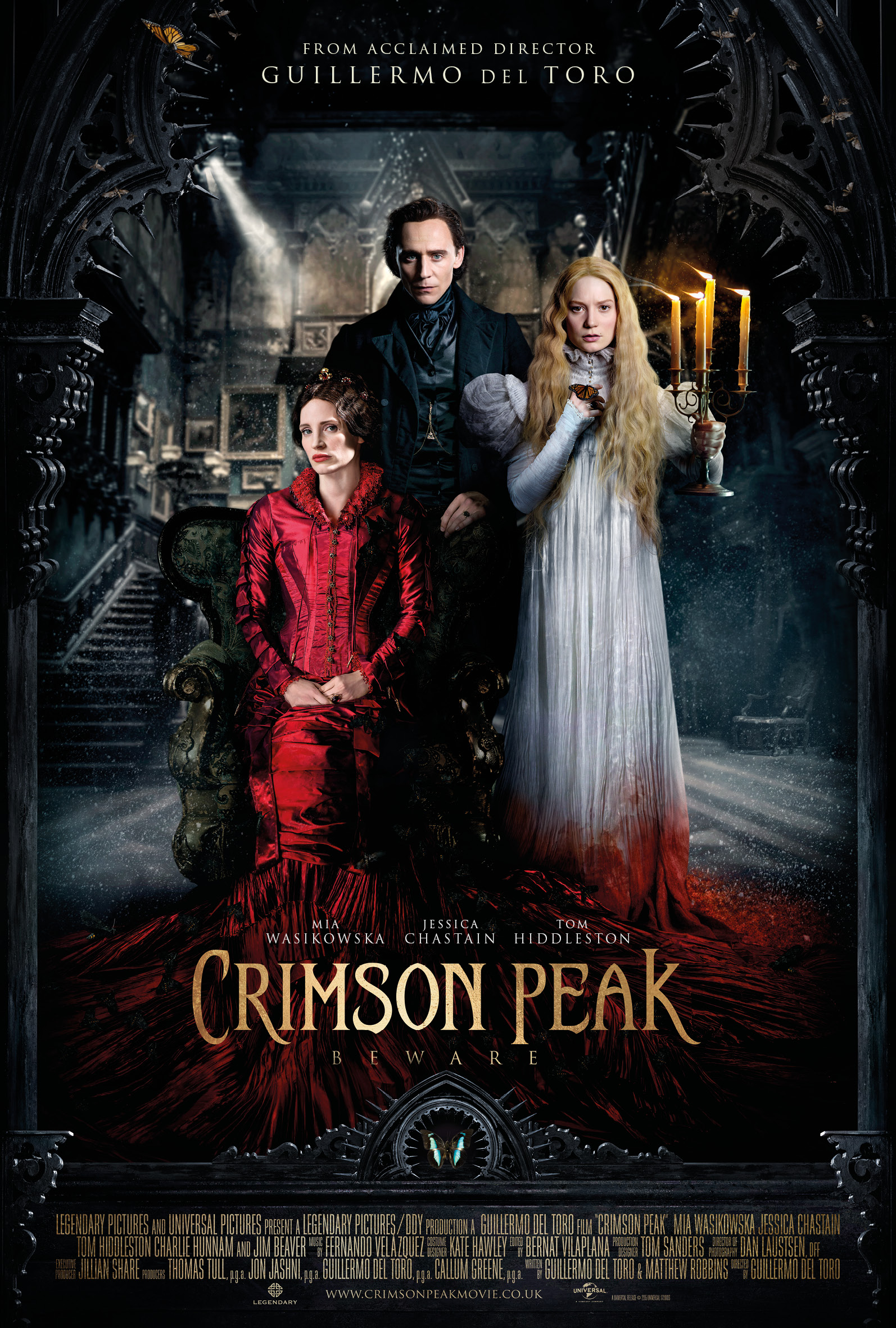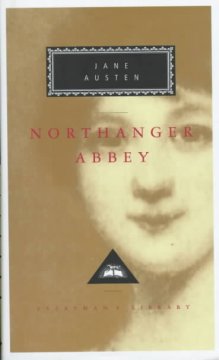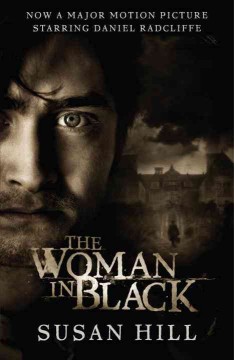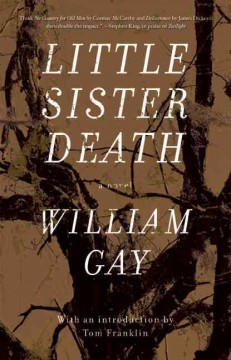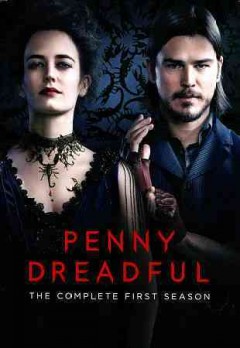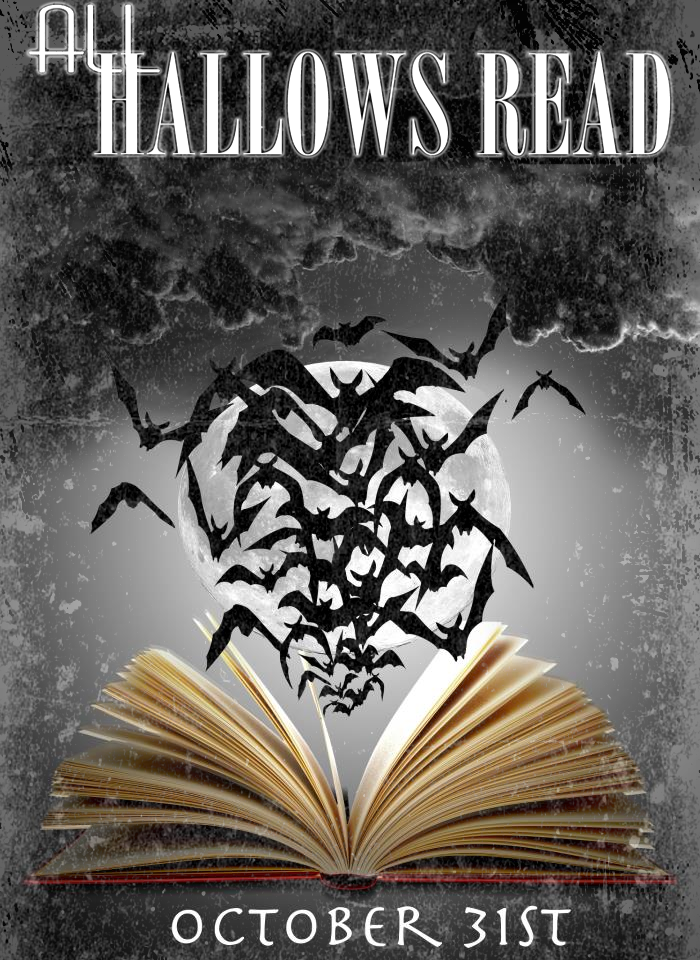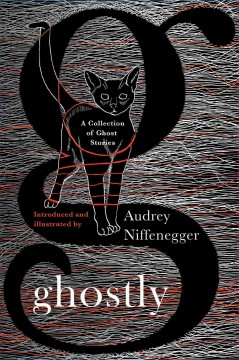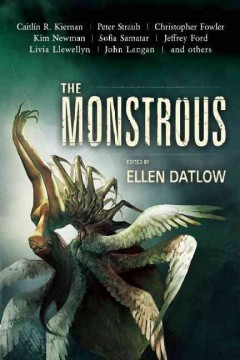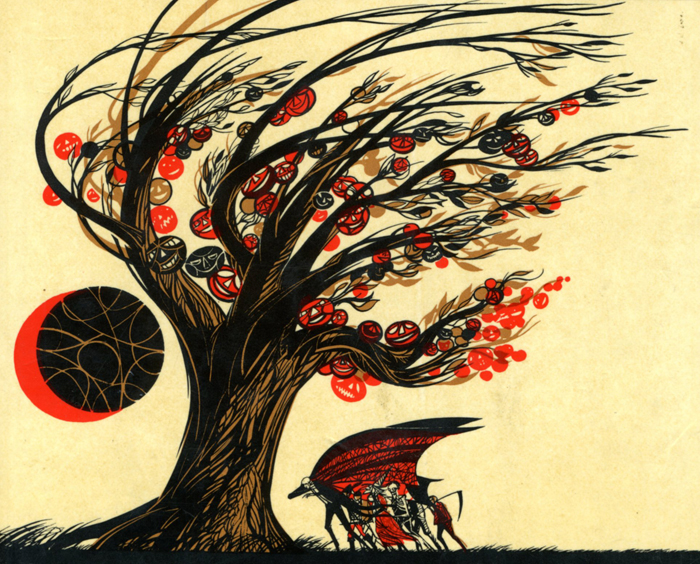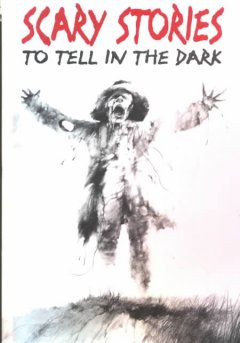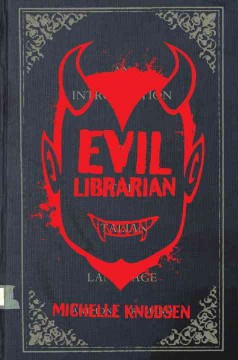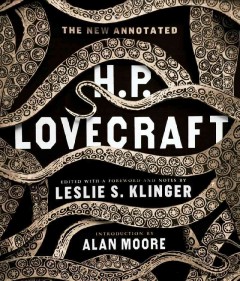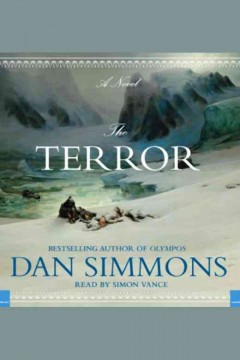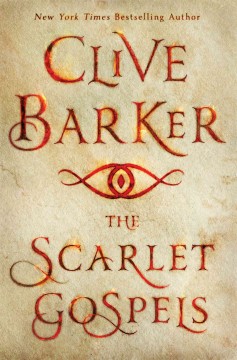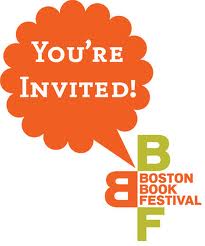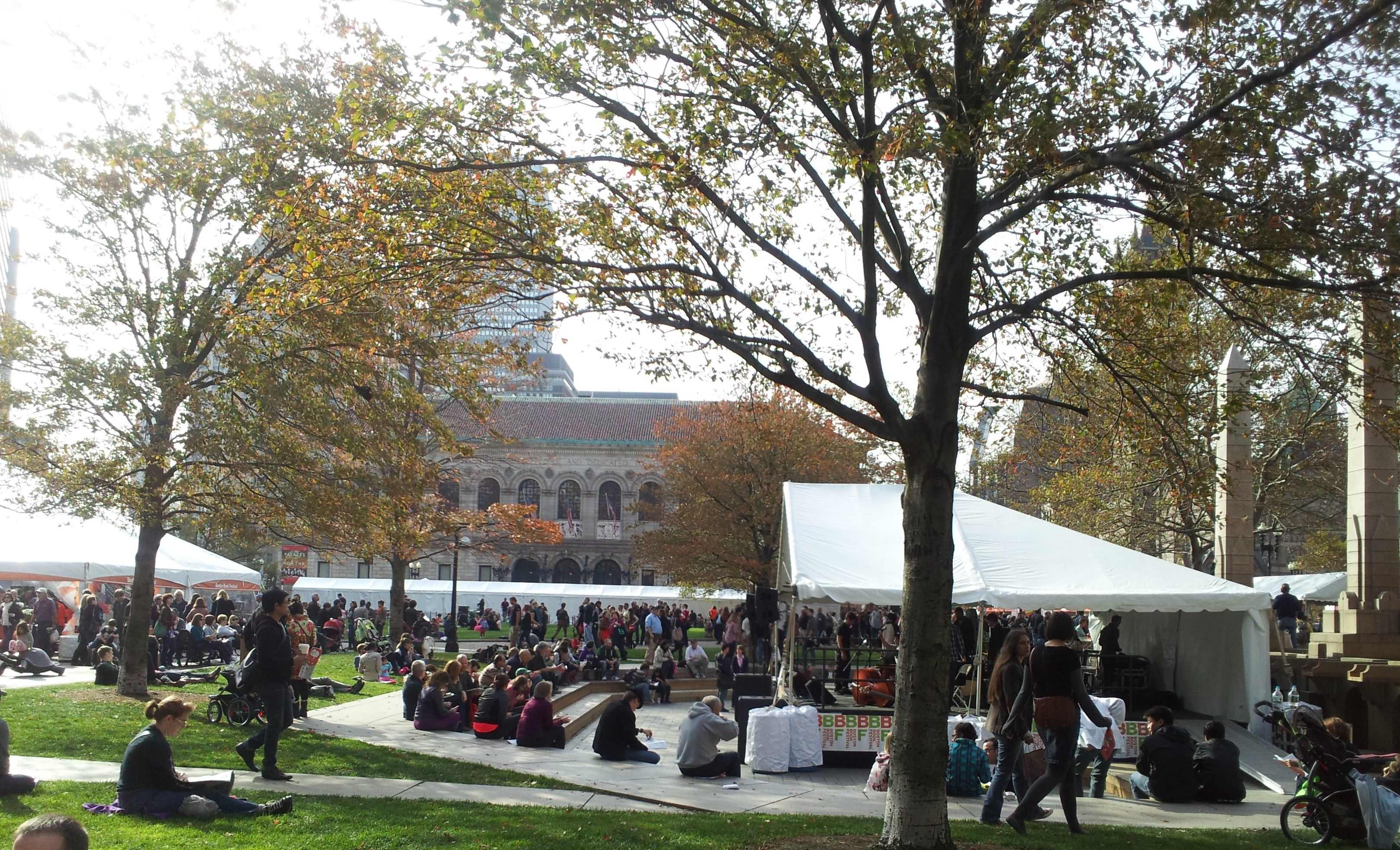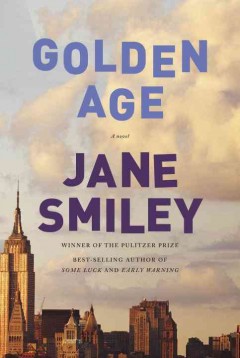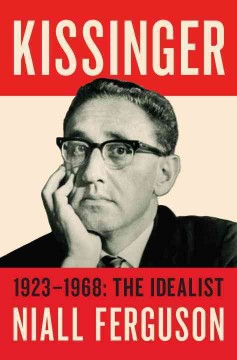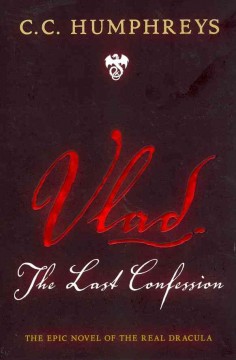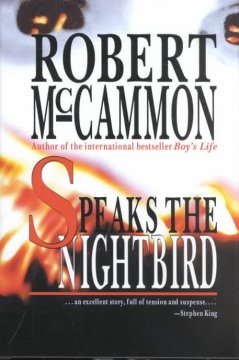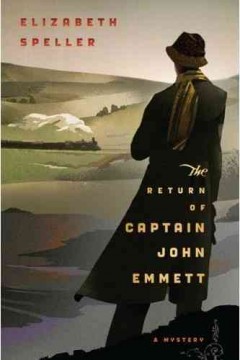 The Real Frank Zappa Book, by Frank Zappa, with Peter Occhiogrosso: There aren’t a great many star/rocker autobiographies that survive the test of time, but Zappa’s is not only of these. Upon it’s publication, Vanity Fair raved that it was an “autobiography of mostly hilarious stories…fireside war tales from the big bad days of the rockin’ sixties”, and the New York Post stated that a copy of the book “belonged in every home”. Nearly 26 years after its initial publication, this book is still delighting readers and music fans alike with its humor, wild stories, and frank discussions of the musical avant-garde scene in which Zappa reveled.
The Real Frank Zappa Book, by Frank Zappa, with Peter Occhiogrosso: There aren’t a great many star/rocker autobiographies that survive the test of time, but Zappa’s is not only of these. Upon it’s publication, Vanity Fair raved that it was an “autobiography of mostly hilarious stories…fireside war tales from the big bad days of the rockin’ sixties”, and the New York Post stated that a copy of the book “belonged in every home”. Nearly 26 years after its initial publication, this book is still delighting readers and music fans alike with its humor, wild stories, and frank discussions of the musical avant-garde scene in which Zappa reveled.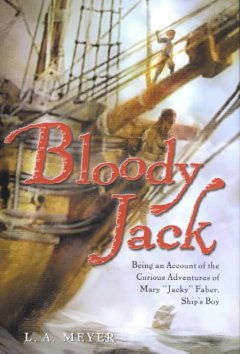 Bloody Jack : being an account of the curious adventures of Mary “Jacky” Faber: L.A. Meyer’s swashbuckling series has plenty to offer–a fierce heroine who manages to survive not only life as a beggar on the streets of London, but life on the high seas aboard a British man-o-war. Jacky’s adventures have stretched into twelve books, each full of derring-do, romance, adventure–and some fun historical details. Our patron was particularly taken with the song lyrics that are included in the text, which not only bring the culture of Jacky’s world to life, but offer a neat soundtrack for the series, as well.
Bloody Jack : being an account of the curious adventures of Mary “Jacky” Faber: L.A. Meyer’s swashbuckling series has plenty to offer–a fierce heroine who manages to survive not only life as a beggar on the streets of London, but life on the high seas aboard a British man-o-war. Jacky’s adventures have stretched into twelve books, each full of derring-do, romance, adventure–and some fun historical details. Our patron was particularly taken with the song lyrics that are included in the text, which not only bring the culture of Jacky’s world to life, but offer a neat soundtrack for the series, as well. Copper: Fans of gritty British dramas like Ripper Street (be still, my heart!) will adore Copper, another original scripted police procedural, this time set on the streets of New York in the 1860’s. At the center of the drama is Kevin Corcoran, a driven, intense Irish immigrant who refuses to give in to the corruption that stains the law enforcement of his city. This leads Kevin into some dangerous confrontations, but also allows him into places where other policemen are never allowed, leading to a show that is continuously gripping and surprising. Our patron was heartbroken that there were only two seasons, but assures us all that they are each phenomenal!
Copper: Fans of gritty British dramas like Ripper Street (be still, my heart!) will adore Copper, another original scripted police procedural, this time set on the streets of New York in the 1860’s. At the center of the drama is Kevin Corcoran, a driven, intense Irish immigrant who refuses to give in to the corruption that stains the law enforcement of his city. This leads Kevin into some dangerous confrontations, but also allows him into places where other policemen are never allowed, leading to a show that is continuously gripping and surprising. Our patron was heartbroken that there were only two seasons, but assures us all that they are each phenomenal!
 Cry the Beloved Country: Alan Paton’s seminal novel of South Africa, and the social structures and prejudices that would lead to apartheid is not only our Director’s favorite book of all time–it was also a huge hit with our Classic Books Group. Beautiful and sympathetic, this book is drenched in atmosphere, drawing the reader into the heart of this world, and making the characters feel blisteringly real, especially as the fear that drives them all leads to tragedy. Indeed, the title is echoed in this stunning quote about fear from Chapter 12: “Cry, the beloved country, for the unborn child that is the inheritor of our fear. Let him not love the earth too deeply. Let him not laugh too gladly when the water runs through his fingers…nor give too much of his heart to a mountain or a valley. For fear will rob him of all if he gives too much.”
Cry the Beloved Country: Alan Paton’s seminal novel of South Africa, and the social structures and prejudices that would lead to apartheid is not only our Director’s favorite book of all time–it was also a huge hit with our Classic Books Group. Beautiful and sympathetic, this book is drenched in atmosphere, drawing the reader into the heart of this world, and making the characters feel blisteringly real, especially as the fear that drives them all leads to tragedy. Indeed, the title is echoed in this stunning quote about fear from Chapter 12: “Cry, the beloved country, for the unborn child that is the inheritor of our fear. Let him not love the earth too deeply. Let him not laugh too gladly when the water runs through his fingers…nor give too much of his heart to a mountain or a valley. For fear will rob him of all if he gives too much.”  Carter and Lovecraft: All of Jonathan L. Howard’s books are so wonderful and original and funny and moving that it’s impossible to pick just one, but since this book has just been released, it seems timely to sing its praises. Howard is a connoisseur of H.P. Lovecraft, and all of his books not only reference them, but reshape and reimagine them (check out the Cthulu Song in Johannes Cabal the Necomancer for a perfect example). This book deals with Lovecraft a bit more directly, as Private Eye Daniel Carter inherits a bookstore–and a cheeky bookseller named Emily Lovecraft, the great H.P.’s niece. As the bodies begin to pile up around them, Carter and Lovecraft have to grapple with the realization that Emily’s uncle wasn’t making this stuff up….Talk about a perfect Halloween read!
Carter and Lovecraft: All of Jonathan L. Howard’s books are so wonderful and original and funny and moving that it’s impossible to pick just one, but since this book has just been released, it seems timely to sing its praises. Howard is a connoisseur of H.P. Lovecraft, and all of his books not only reference them, but reshape and reimagine them (check out the Cthulu Song in Johannes Cabal the Necomancer for a perfect example). This book deals with Lovecraft a bit more directly, as Private Eye Daniel Carter inherits a bookstore–and a cheeky bookseller named Emily Lovecraft, the great H.P.’s niece. As the bodies begin to pile up around them, Carter and Lovecraft have to grapple with the realization that Emily’s uncle wasn’t making this stuff up….Talk about a perfect Halloween read!


